Home>Gardening & Outdoor>Landscaping Ideas>How To Get Rid Of Pampas Grass Without Chemicals
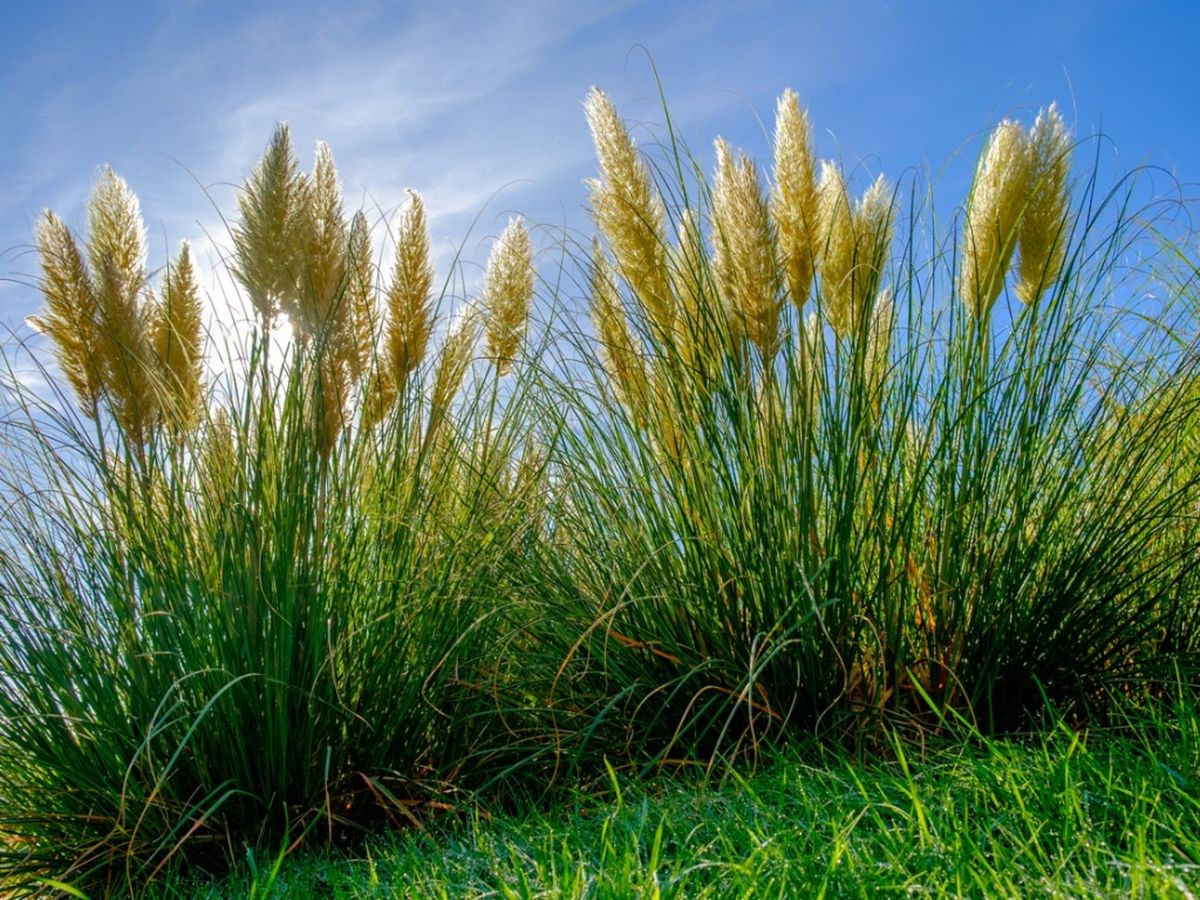

Landscaping Ideas
How To Get Rid Of Pampas Grass Without Chemicals
Modified: August 26, 2024
Learn effective landscaping ideas to remove pampas grass without using harmful chemicals. Discover natural methods for a beautiful, eco-friendly garden.
(Many of the links in this article redirect to a specific reviewed product. Your purchase of these products through affiliate links helps to generate commission for Storables.com, at no extra cost. Learn more)
Introduction
So, you've found yourself with a beautiful garden, but there's an unsightly invader that's taking over – pampas grass. This invasive plant, known for its feathery plumes and imposing height, can quickly become a nuisance if left unchecked. While it may have been initially planted for its ornamental appeal, pampas grass often spreads uncontrollably, crowding out native plants and disrupting the natural balance of your garden.
The good news is that there are effective methods for removing pampas grass without resorting to harmful chemicals. In this article, we'll explore several eco-friendly techniques for reclaiming your garden from the clutches of this persistent plant. Whether you prefer a hands-on approach or a more hands-off strategy, there's a method suited to your preferences and the scale of the infestation.
By understanding the nature of pampas grass and the most efficient removal techniques, you can reclaim your garden and restore its natural beauty. Let's delve into the world of pampas grass and discover how to bid it farewell without harming the environment.
Key Takeaways:
- Say goodbye to pampas grass by using eco-friendly methods like manual removal, smothering, or digging and cutting. Protect your garden without harming the environment.
- Understand the nature of pampas grass and choose the best removal method for your garden. Whether it’s small infestations or large areas, there’s a solution for everyone.
Read more: How To Get Rid Of Pampas Grass Roots
Understanding Pampas Grass
Pampas grass (Cortaderia selloana) is a perennial ornamental grass native to South America. It is characterized by its tall plumes, which can reach heights of up to ten feet, and its long, serrated leaves. While it was initially introduced as an ornamental plant, pampas grass has become an invasive species in many regions due to its rapid growth and ability to spread through wind-dispersed seeds and underground rhizomes.
One of the key factors contributing to pampas grass’s invasive nature is its prolific seed production. A single plant can produce thousands of seeds, which are easily carried by the wind, allowing the grass to colonize new areas rapidly. Additionally, pampas grass’s extensive root system enables it to form dense clumps, outcompeting native vegetation and altering ecosystems.
When it comes to identifying pampas grass, there are a few key characteristics to look for. The plumes, which often appear in late summer and fall, are the most recognizable feature. These feathery flower heads can vary in color from creamy white to pink or purple, adding to the plant’s ornamental appeal. The leaves are long and sharp-edged, with a distinctive arching habit that gives the plant its graceful appearance.
Understanding the growth habits and reproductive mechanisms of pampas grass is crucial for effective removal. By gaining insight into the plant’s lifecycle and propagation methods, you can tailor your removal strategy to target its vulnerabilities and prevent regrowth.
Now that we have a better understanding of pampas grass and its invasive tendencies, let’s explore the methods for removing it from your garden without resorting to chemical solutions.
Manual Removal
Manual removal is a labor-intensive but effective method for getting rid of pampas grass, especially when dealing with a small infestation or young plants. This method involves physically uprooting the grass and its root system, preventing regrowth and seed dispersal.
Before embarking on manual removal, it’s essential to prepare the necessary tools, including sturdy gardening gloves, a sharp shovel or spade, and pruning shears for cutting back the foliage. Begin by trimming the plumes and foliage to reduce the plant’s size and make handling it more manageable. Be sure to wear protective clothing to avoid contact with the plant’s sharp leaves.
Once the foliage is trimmed, carefully dig around the base of the plant, aiming to expose the underground rhizomes. These underground stems are responsible for the plant’s spread and regrowth, so removing them is crucial for effective eradication. Use the shovel to loosen the soil and pry out the entire root system, ensuring that no rhizomes are left behind. It’s important to be thorough in this process to prevent the grass from regenerating.
After the plant and its roots have been removed, it’s advisable to dispose of them properly to prevent any chance of re-establishment. Avoid composting the plant material, as it may still contain viable seeds or rhizome fragments. Instead, seal the plant debris in a sturdy bag and dispose of it in accordance with local regulations.
While manual removal is effective for small infestations, it may be impractical for larger areas or more established stands of pampas grass. In such cases, alternative removal methods, such as smothering or digging and cutting, may be more suitable.
By employing manual removal techniques, you can take a hands-on approach to reclaiming your garden from pampas grass. However, for larger infestations or areas where manual removal is not feasible, alternative methods can offer effective solutions. Let’s explore these methods in more detail to find the best approach for your specific situation.
Smothering Method
The smothering method offers a non-invasive approach to eliminating pampas grass by depriving it of light and effectively stifling its growth. This technique is particularly suitable for areas with a dense stand of pampas grass or when manual removal is impractical.
To begin, mow the pampas grass as close to the ground as possible to reduce its height and facilitate the smothering process. Next, cover the mowed area with a thick layer of impermeable material, such as heavy-duty black plastic or a durable geotextile fabric. Ensure that the entire area is completely covered, leaving no gaps for light to penetrate.
By depriving the pampas grass of sunlight, the smothering method effectively inhibits photosynthesis, preventing the plant from producing energy and ultimately leading to its demise. The impermeable covering also prevents the grass from regenerating by blocking its access to air and water, further weakening its vitality.
It’s important to secure the covering in place to prevent it from being dislodged by wind or other environmental factors. Use heavy objects, such as bricks or stones, to weigh down the edges of the material and keep it firmly in position. Regularly inspect the covered area to ensure that the smothering process is progressing effectively and that no new growth is emerging.
While the smothering method is a relatively low-maintenance approach, it requires patience, as the process of eliminating the pampas grass may take several months. Over time, the lack of sunlight and essential resources will cause the grass to wither and die, allowing you to remove the covering and clear the area of the remaining plant material.
By employing the smothering method, you can effectively eradicate pampas grass without the need for chemical herbicides or intensive manual labor. This approach is particularly well-suited for larger infestations and can be a practical solution for reclaiming your garden from this invasive species.
To get rid of pampas grass without chemicals, you can try digging up the roots with a shovel or using a saw to cut the plant down to the ground. Be sure to wear gloves and protective clothing to avoid irritation from the grass.
Digging and Cutting
The digging and cutting method offers a comprehensive approach to removing pampas grass, combining physical extraction with strategic cutting to prevent regrowth. This technique is well-suited for established stands of pampas grass and provides a thorough solution for reclaiming infested areas.
Begin by assessing the extent of the pampas grass infestation and marking out the affected area. Using a sharp shovel or spade, carefully dig around the base of the plants to expose the underground rhizomes and root system. It’s essential to excavate the entire root mass, as even small remnants can lead to regrowth.
Once the roots are exposed, use pruning shears or loppers to cut the foliage and plumes close to the ground. This not only reduces the plant’s size for easier handling but also prevents it from producing seeds and spreading further. Be sure to dispose of the cut plant material in a sealed bag to prevent any chance of re-establishment.
After cutting back the foliage, continue to excavate the soil around the base of the plants, aiming to remove the entire root system and any rhizome fragments. It’s crucial to be thorough in this process to prevent any potential regrowth. Inspect the area carefully to ensure that no underground rhizomes remain, as even small sections can lead to the reemergence of the grass.
Once the root system has been completely removed, it’s advisable to backfill the excavated area with clean soil to prevent erosion and restore the site to its natural state. Regularly monitor the area for any signs of regrowth, as it may be necessary to repeat the digging and cutting process to eliminate any remaining pampas grass.
The digging and cutting method provides a comprehensive solution for removing pampas grass, addressing both the above-ground foliage and the underground root system. By combining physical extraction with strategic cutting, this approach offers an effective means of reclaiming your garden from the encroachment of this invasive plant.
Using Fire
Using fire as a method for removing pampas grass can be an effective approach in certain circumstances, particularly in areas where other methods may be impractical or when dealing with a large infestation. It’s important to note that this method should only be employed in compliance with local regulations and fire safety protocols.
Prior to using fire, it’s crucial to obtain any necessary permits and ensure that weather conditions are suitable for safe burning. Choose a day when the weather is calm, and there is minimal risk of the fire spreading uncontrollably. Clear the area around the pampas grass of any flammable debris and create a firebreak to prevent the fire from spreading beyond the targeted area.
Once the necessary precautions are in place, carefully ignite the pampas grass using a controlled burn. The intense heat from the fire will effectively destroy the above-ground foliage and plumes, reducing the risk of seed dispersal and preventing regrowth. It’s important to monitor the fire closely to ensure that it remains contained and does not pose a risk to surrounding vegetation or structures.
After the fire has burned out, carefully inspect the area to ensure that the pampas grass has been thoroughly consumed and that no smoldering embers remain. Use caution when handling the burnt plant material, as it may still retain heat. Once the area has cooled, remove the charred remains of the pampas grass and dispose of them appropriately.
It’s important to exercise caution when using fire as a removal method, as it can pose inherent risks and should only be employed in a controlled and responsible manner. Additionally, be mindful of the potential impact of smoke and ash on the surrounding environment and take steps to minimize any adverse effects.
While using fire to remove pampas grass may be a viable option in certain situations, it’s essential to prioritize safety and environmental considerations. Always adhere to local regulations and seek guidance from fire management authorities to ensure that this method is implemented responsibly.
Conclusion
As we’ve explored various methods for removing pampas grass without resorting to chemical solutions, it’s evident that there are effective and eco-friendly approaches for reclaiming your garden from this invasive plant. Whether you opt for manual removal, the smothering method, digging and cutting, or even the controlled use of fire, each technique offers a viable means of eradicating pampas grass while minimizing environmental impact.
It’s important to consider the scale of the infestation, the surrounding environment, and your own capabilities when selecting a removal method. For smaller infestations or areas with limited access, manual removal can provide a hands-on approach to tackling the problem. The smothering method offers a non-invasive solution for larger infestations, while digging and cutting provides a comprehensive approach for established stands of pampas grass. In certain circumstances, the controlled use of fire may be a practical option, provided that all safety precautions are observed.
Regardless of the method chosen, thoroughness and vigilance are key to ensuring the successful removal of pampas grass. Regular monitoring of the treated areas is essential to detect and address any regrowth promptly. Additionally, proper disposal of the removed plant material is crucial to prevent the spread of seeds and rhizomes to new areas.
By taking a proactive and environmentally conscious approach to removing pampas grass, you can restore the natural balance of your garden and create a healthier ecosystem for native flora and fauna. As with any invasive species, early detection and swift action are essential to prevent the further spread of pampas grass and mitigate its impact on the environment.
Armed with the knowledge of effective removal techniques, you can embark on the journey of reclaiming your garden from the clutches of pampas grass, ushering in a renewed landscape that thrives with diversity and vitality.
With careful consideration and the application of suitable removal methods, you can bid farewell to pampas grass and welcome a flourishing garden that is free from the encroachment of this tenacious invasive species.
If you've enjoyed mastering techniques to remove pampas grass without chemicals, you'll surely appreciate learning about sustainable methods to enhance overall garden health and aesthetics. Our next read on sustainable landscaping offers valuable insights on maintaining your outdoor space in ways that support the environment. Dive into practices that not only preserve natural resources but also create a harmonious landscape that thrives season after season.
Frequently Asked Questions about How To Get Rid Of Pampas Grass Without Chemicals
Was this page helpful?
At Storables.com, we guarantee accurate and reliable information. Our content, validated by Expert Board Contributors, is crafted following stringent Editorial Policies. We're committed to providing you with well-researched, expert-backed insights for all your informational needs.
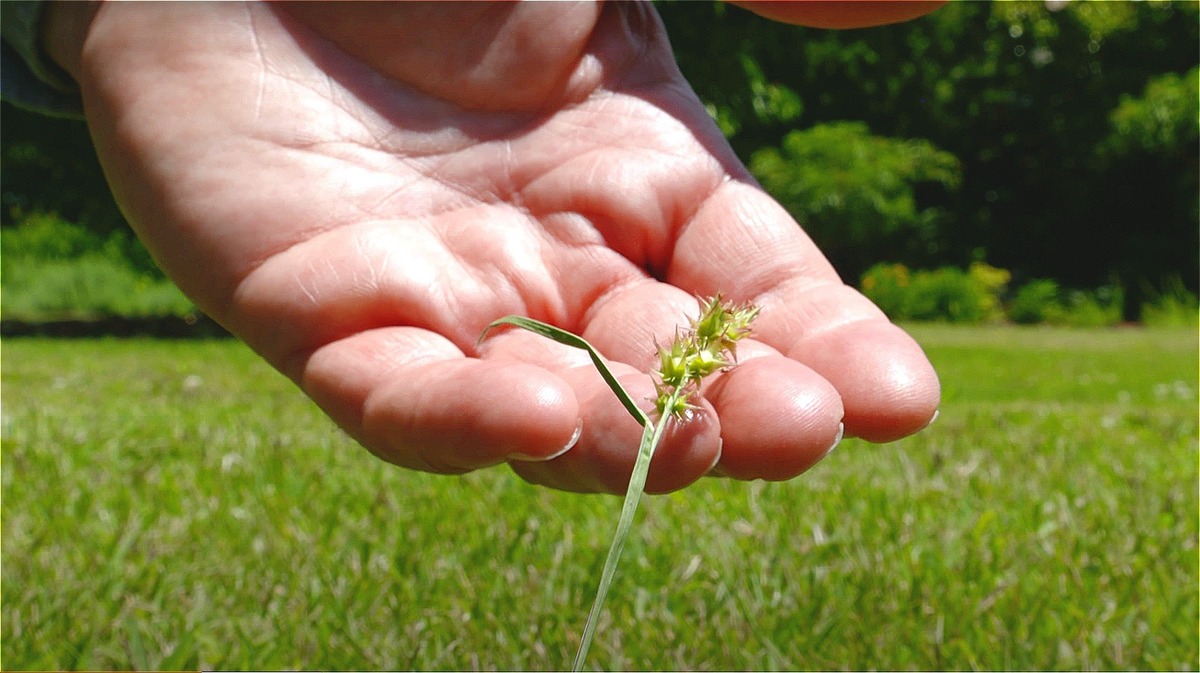
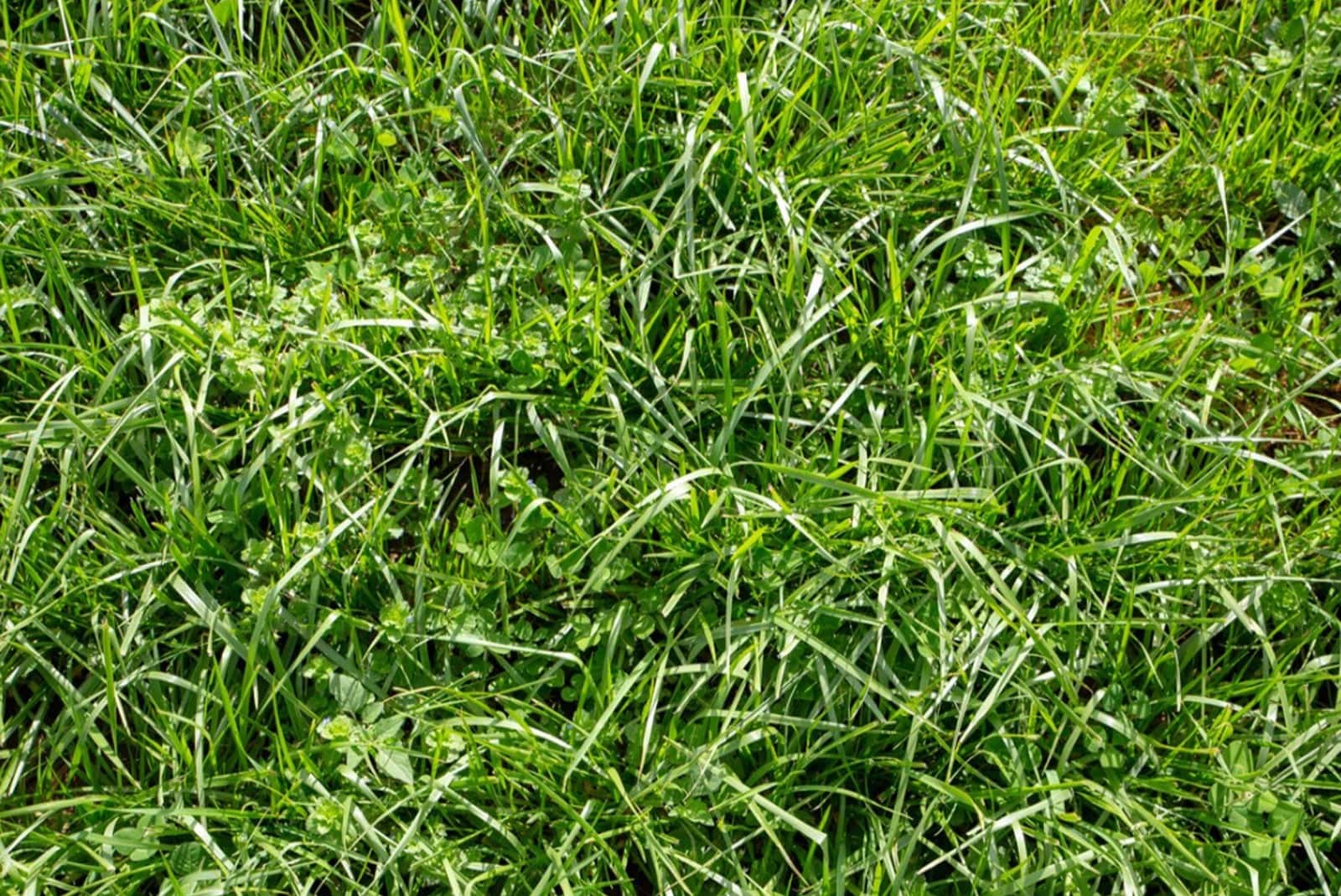
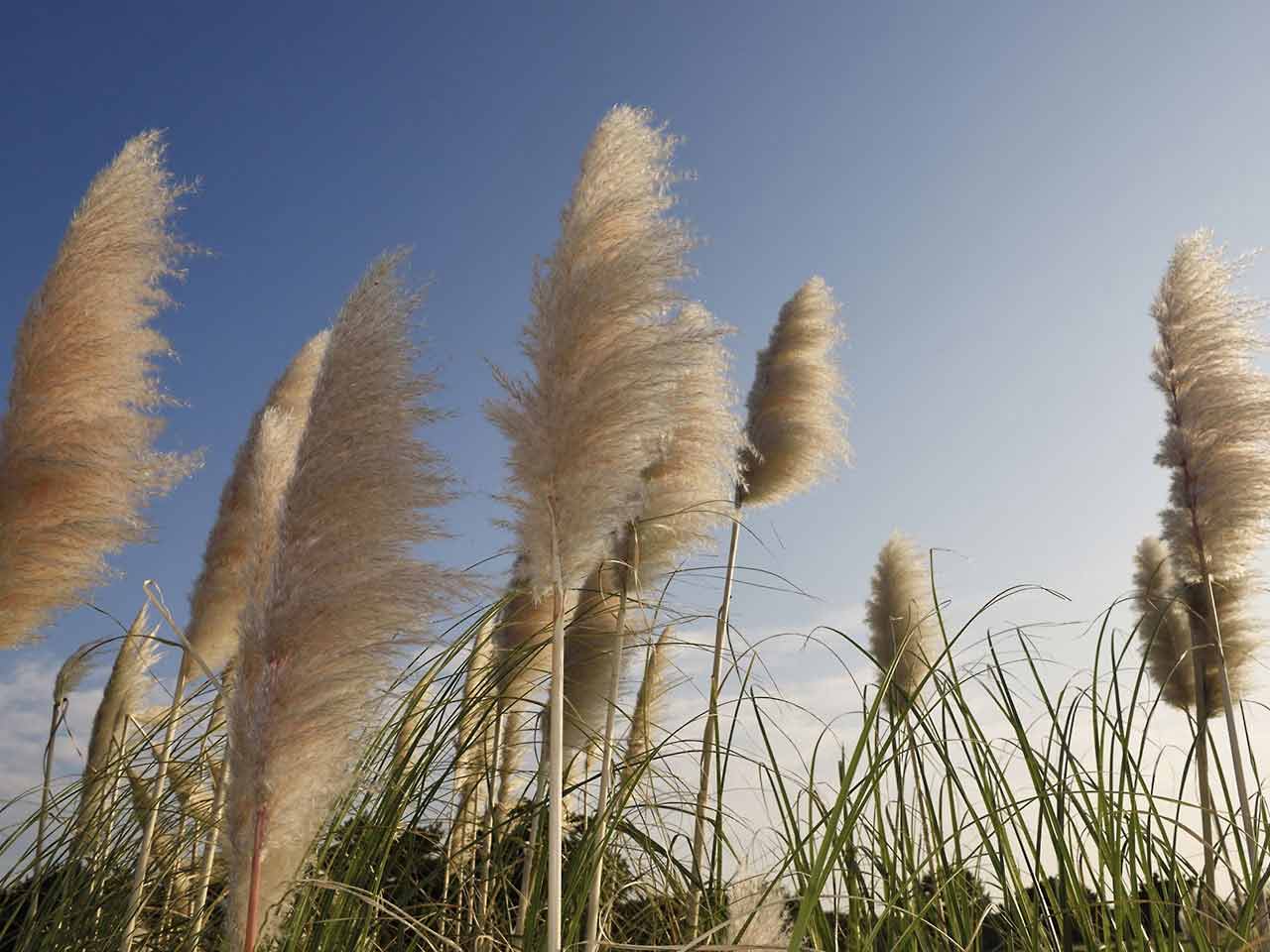


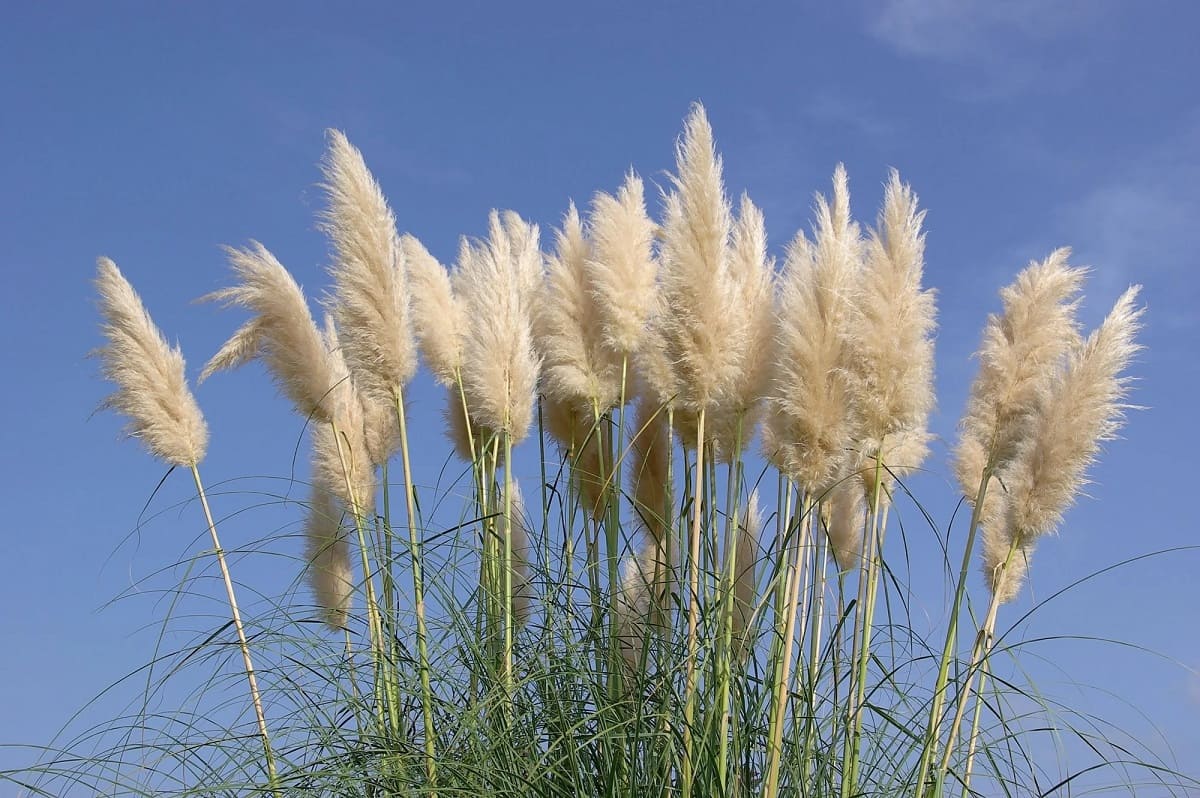
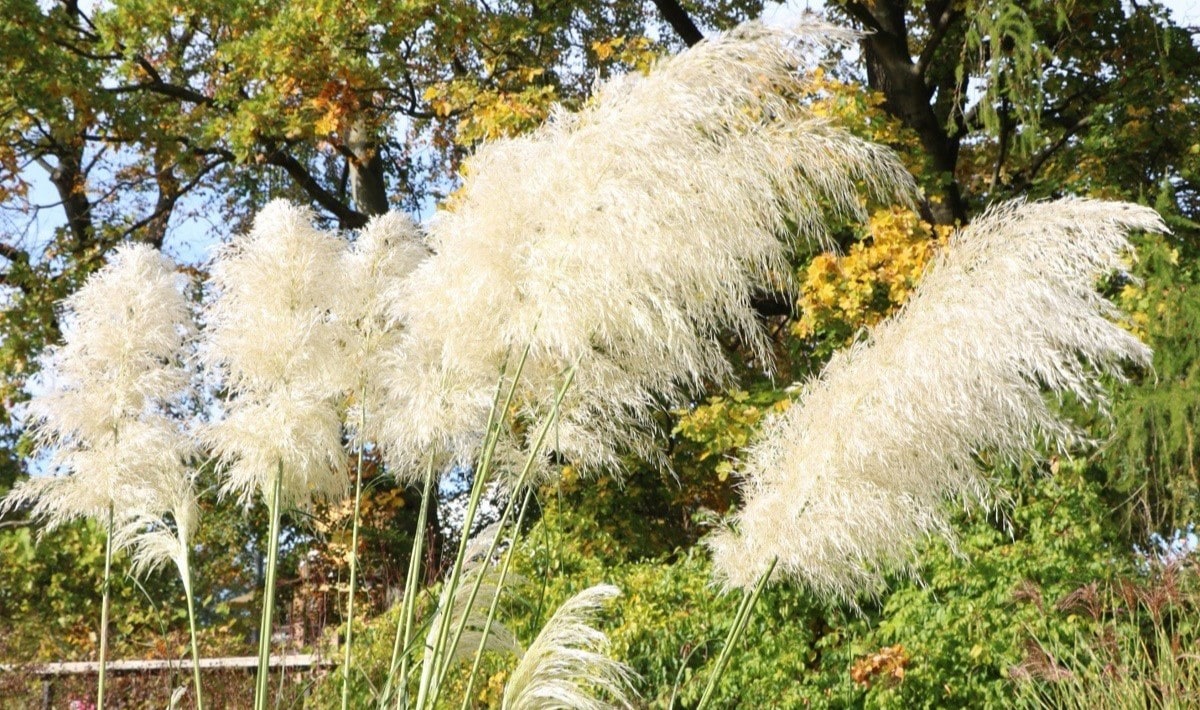






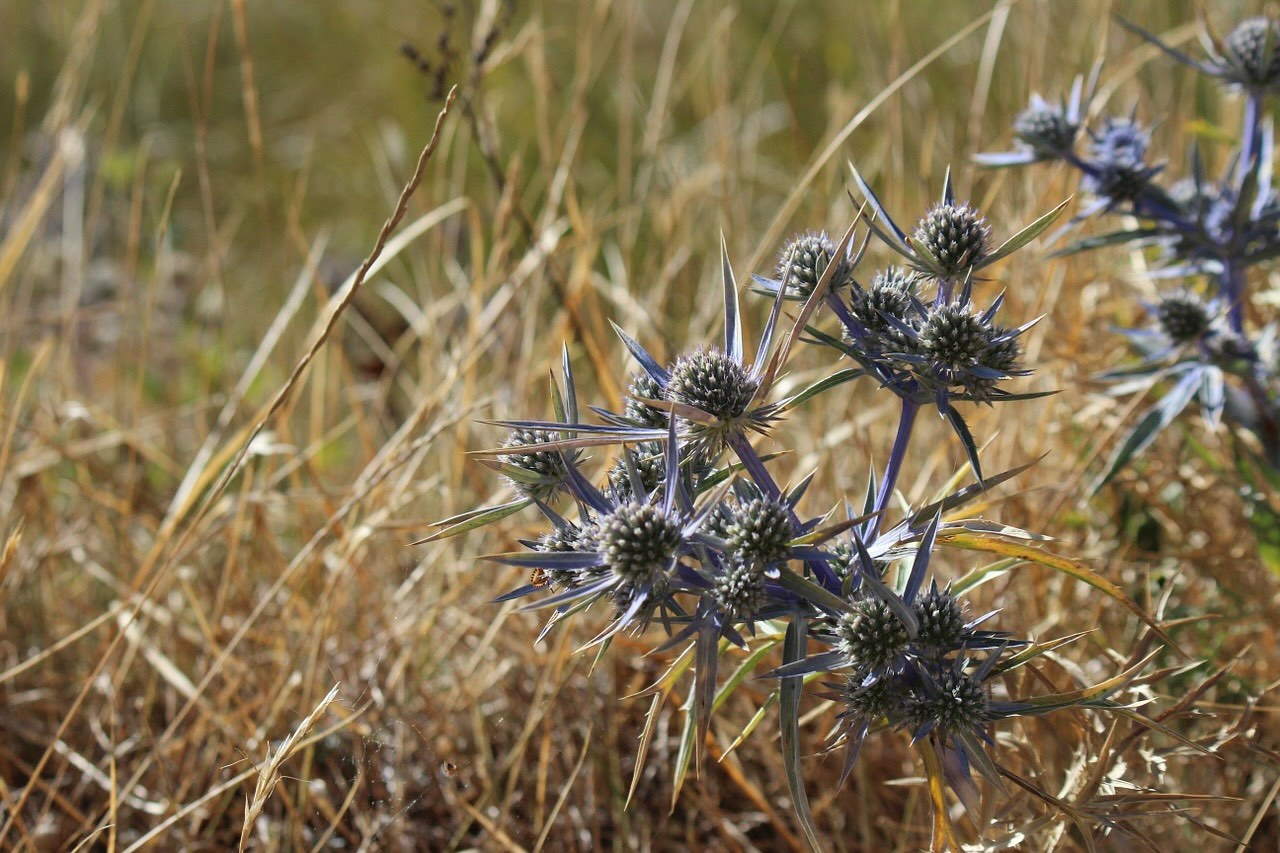

0 thoughts on “How To Get Rid Of Pampas Grass Without Chemicals”